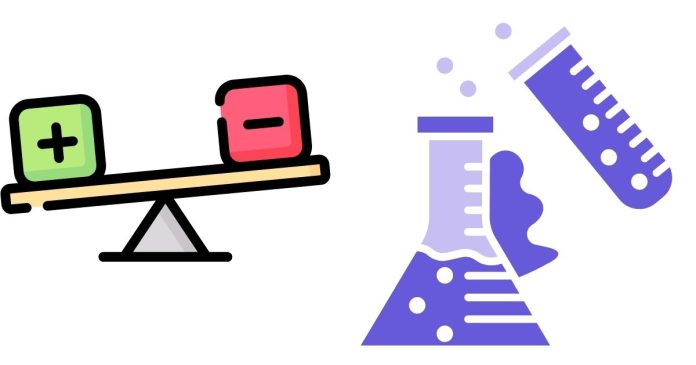Balancing chemical equations is a fundamental skill in chemistry, ensuring that the law of conservation of mass is followed. This law states that matter cannot be created or destroyed in a chemical reaction, which means that the number of atoms of each element must be the same on both sides of the equation. In this blog post, we will walk you through the process of balancing the following combustion reaction:
C₂H₆ + O₂ → CO₂ + H₂O
Step 1: Identify the Reactants and Products
Let’s break down the chemical equation:
- C₂H₆: This is ethane, a hydrocarbon, which consists of two carbon (C) atoms and six hydrogen (H) atoms.
- O₂: Oxygen molecules are the reactants providing oxygen atoms for the combustion process.
- CO₂: Carbon dioxide is produced as a result of the combustion of the hydrocarbon.
- H₂O: Water is also produced during combustion.
Step 2: Start with Carbon (C)
The first step in balancing is often the easiest: balance the carbon atoms. On the left side of the equation, there are two carbon atoms in C₂H₆. On the right side, carbon is present in CO₂. To balance the carbon atoms, place a coefficient of 2 in front of CO₂:
C2H6+O2→2CO2+H2O
Now, there are two carbon atoms on both sides.
Step 3: Balance the Hydrogen (H)
Next, balance the hydrogen atoms. On the left side, there are six hydrogen atoms in C₂H₆. On the right side, hydrogen is present in H₂O. Since each water molecule contains two hydrogen atoms, we need three H₂O molecules to balance the six hydrogen atoms. Place a coefficient of 3 in front of H₂O:
C2H6+O2→2CO2+3H2O
Now, we have six hydrogen atoms on both sides.
Step 4: Balance the Oxygen (O)
The next step is balancing the oxygen atoms. On the right side of the equation, there are:
- 2 CO₂ molecules, each containing two oxygen atoms, so that’s 2×2=42 \times 2 = 4 oxygen atoms from CO₂.
- 3 H₂O molecules, each containing one oxygen atom, so that’s 3×1=33 \times 1 = 3 oxygen atoms from H₂O.
In total, there are 7 oxygen atoms on the right side (4 from CO₂ and 3 from H₂O). On the left side, oxygen is provided by O₂. To balance the oxygen, place a coefficient of 7/2 in front of O₂ to get 7 oxygen atoms:
C2H6+72O2→2CO2+3H2O
Step 5: Eliminate the Fraction (Optional)
To avoid working with fractions, multiply the entire equation by 2 to eliminate the fractional coefficient in front of O₂:
2C2H6+7O2→4CO2+6H2O
Step 6: Final Check
Let’s check the number of atoms on both sides to make sure everything is balanced:
- Carbon: On the left, there are 2 carbon atoms (from 2 C₂H₆), and on the right, there are 4 carbon atoms (from 4 CO₂). The carbon atoms are balanced.
- Hydrogen: On the left, there are 12 hydrogen atoms (from 2 C₂H₆), and on the right, there are 12 hydrogen atoms (from 6 H₂O). The hydrogen atoms are balanced.
- Oxygen: On the left, there are 14 oxygen atoms (from 7 O₂), and on the right, there are 14 oxygen atoms (from 4 CO₂ and 6 H₂O). The oxygen atoms are balanced.
Conclusion
The balanced chemical equation for the combustion of ethane is:
2C2H6+7O2→4CO2+6H2O
Balancing chemical equations might seem tricky at first, but once you understand the basic steps and approach them systematically, it becomes much easier. Always start by balancing the elements that appear in only one reactant and product, then move on to the others, and don’t forget to double-check your work!
Happy balancing!


